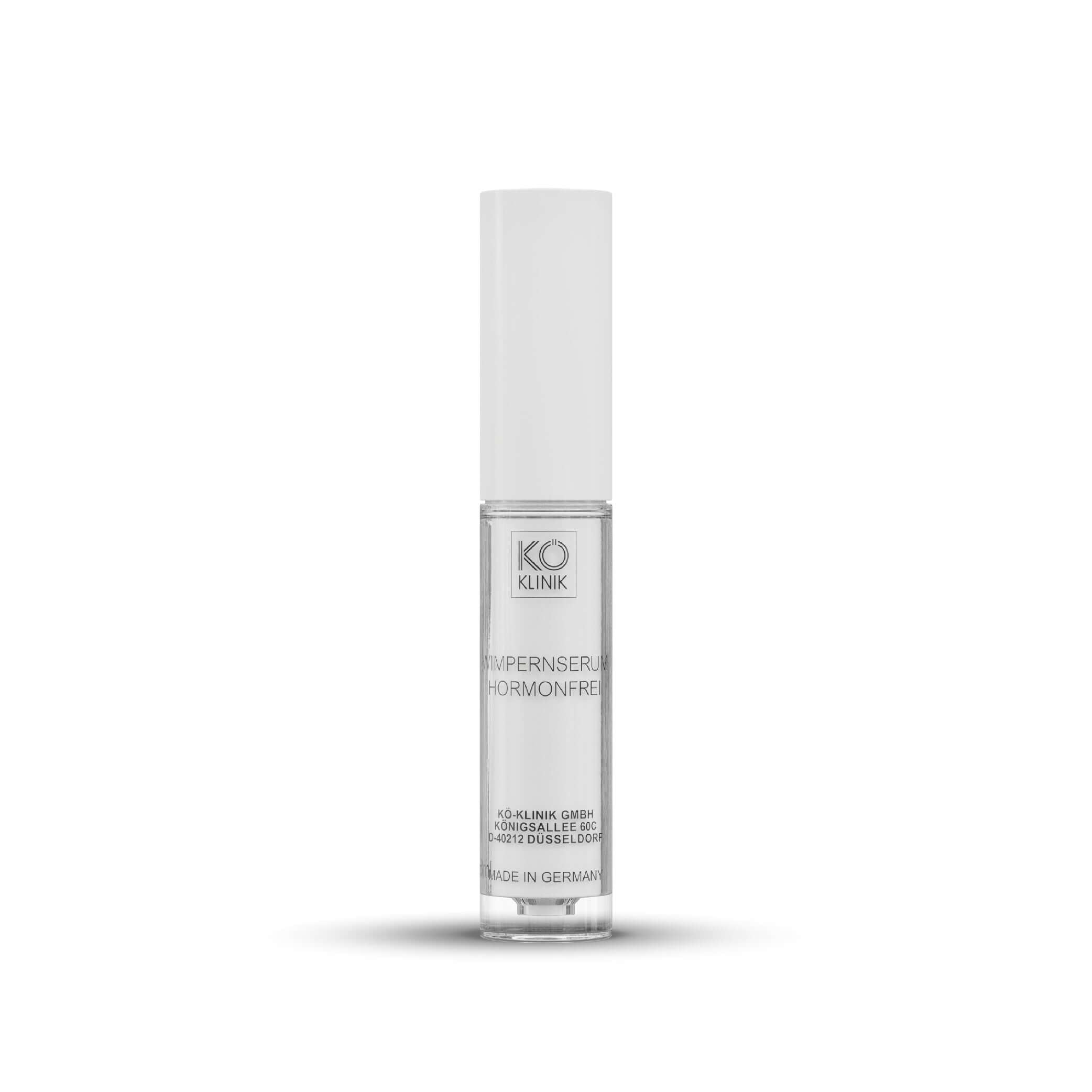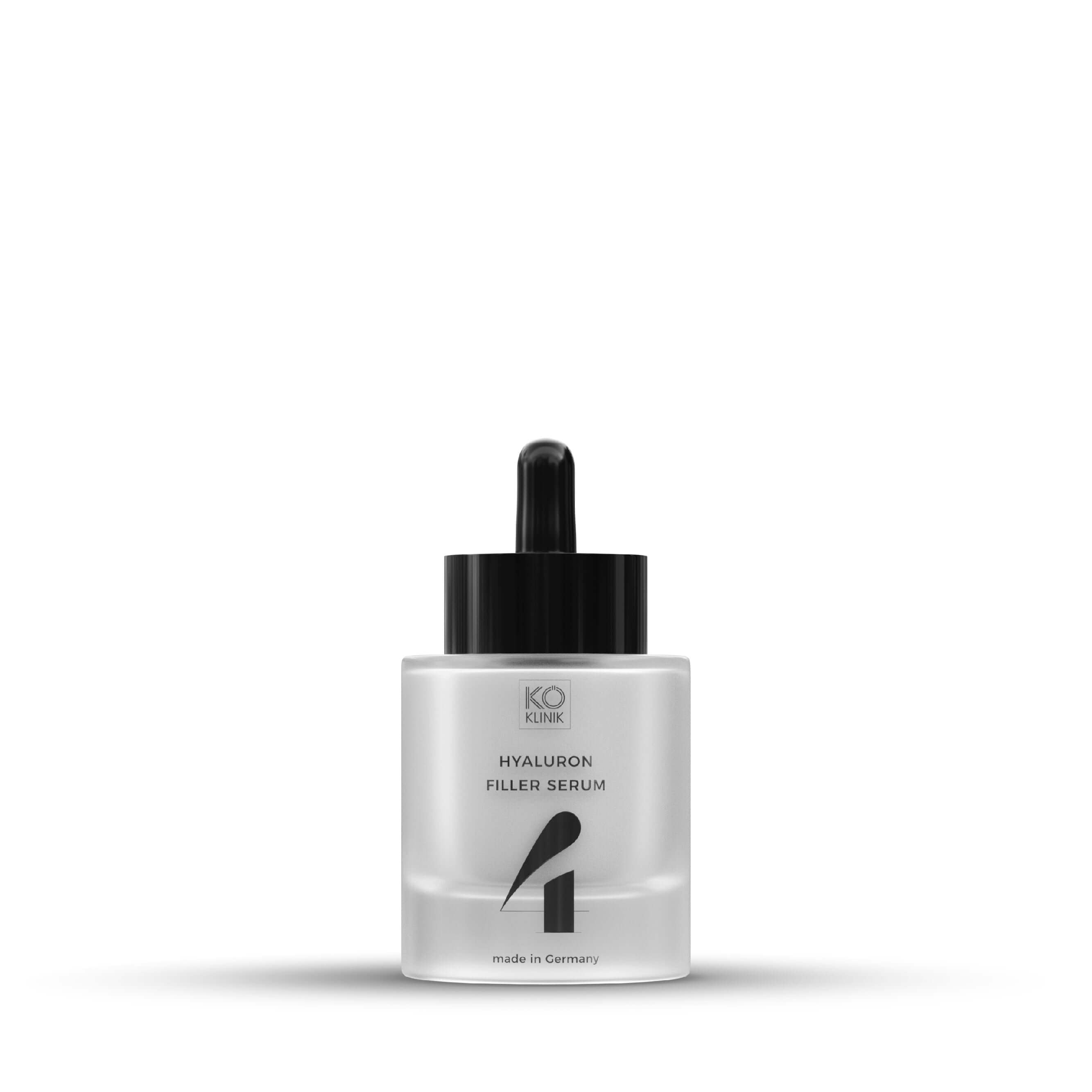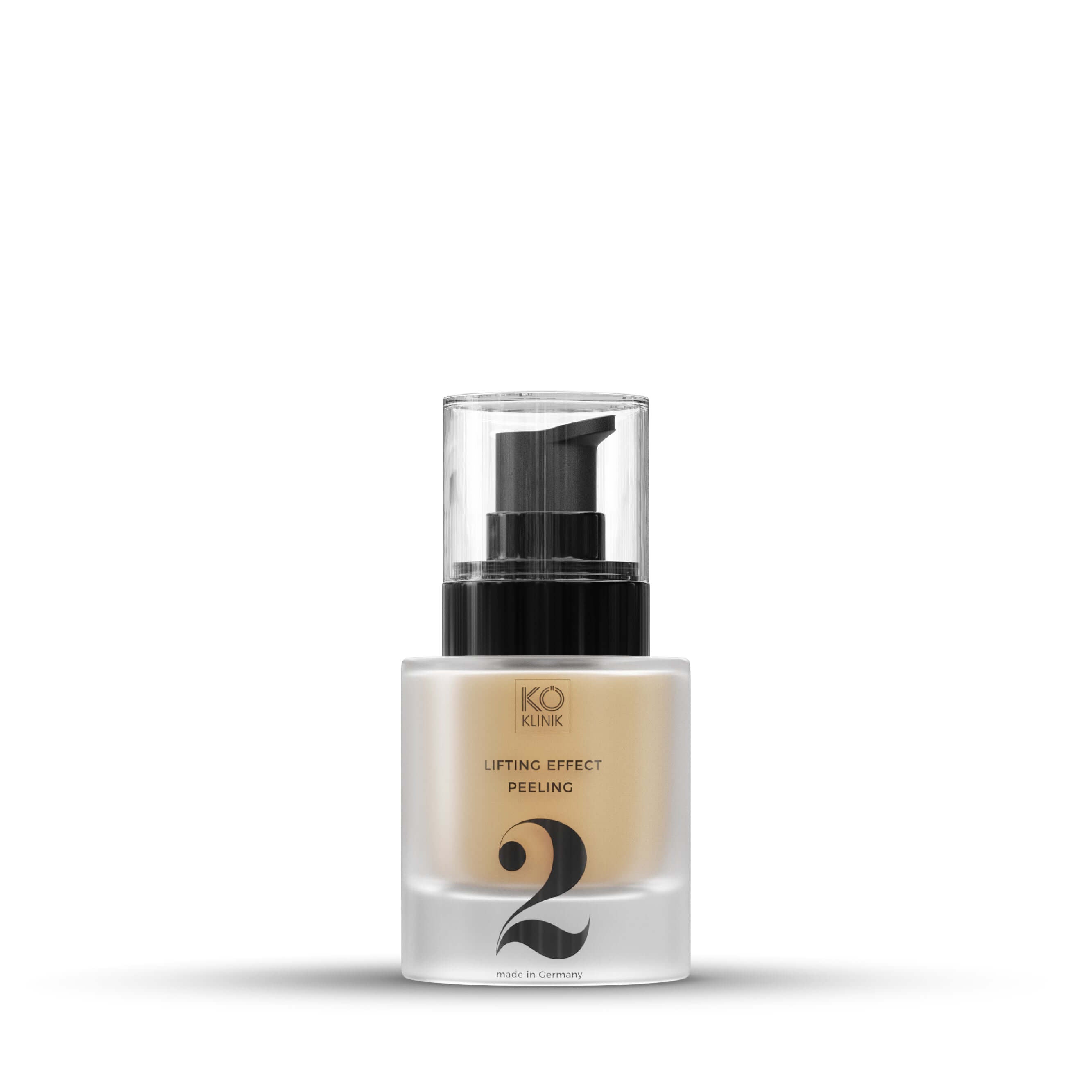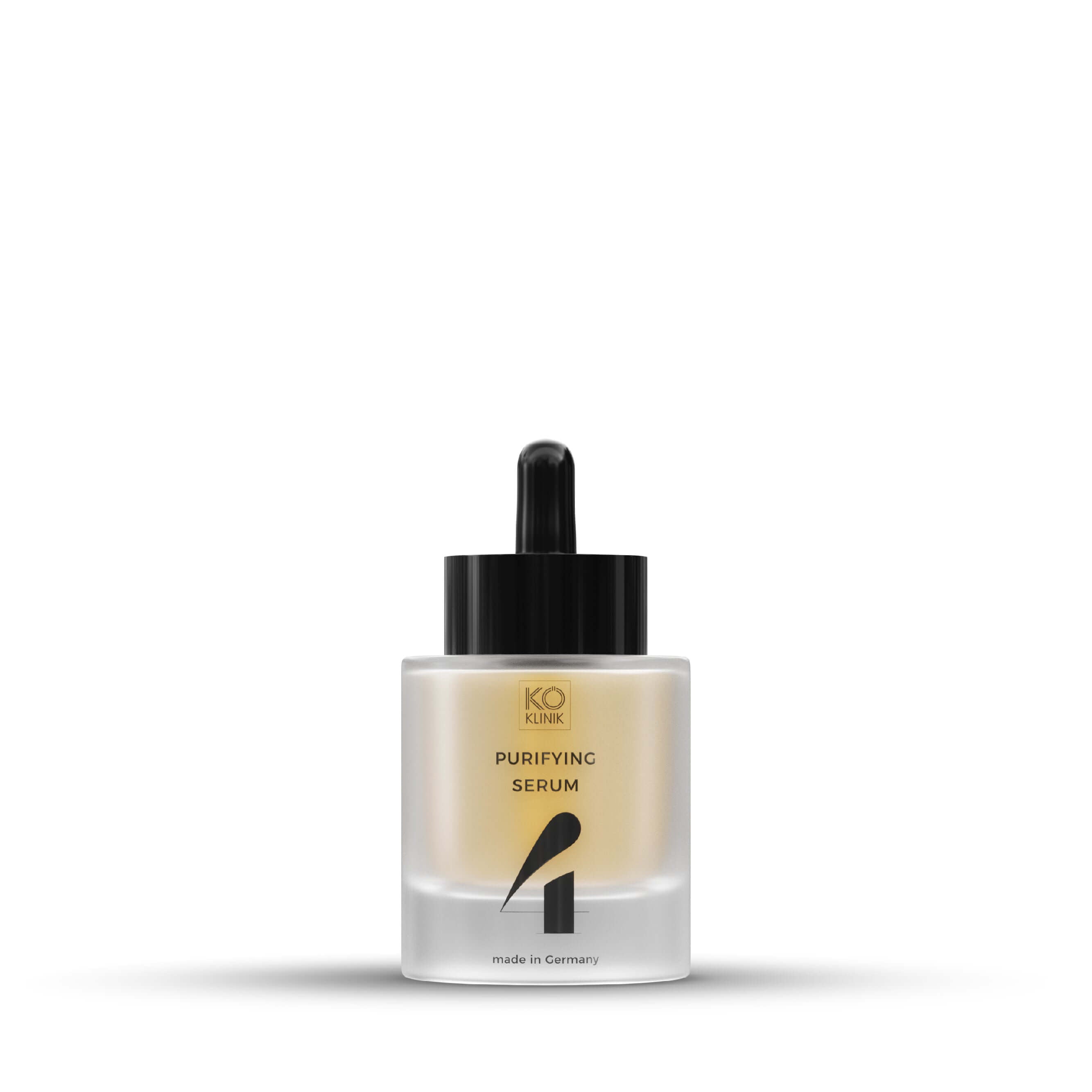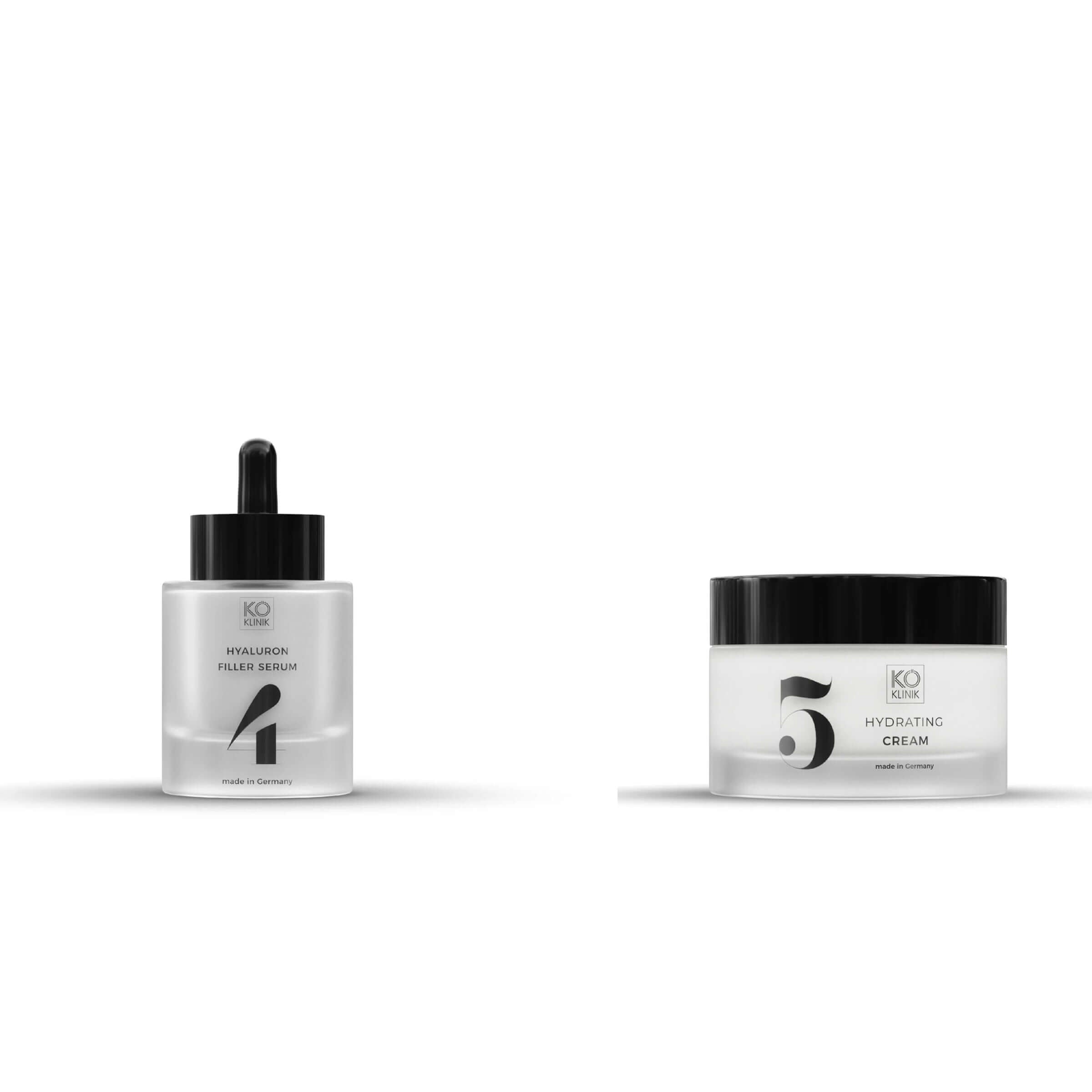MILIA: CAUSES AND TREATMENT OF SKIN SERIUM
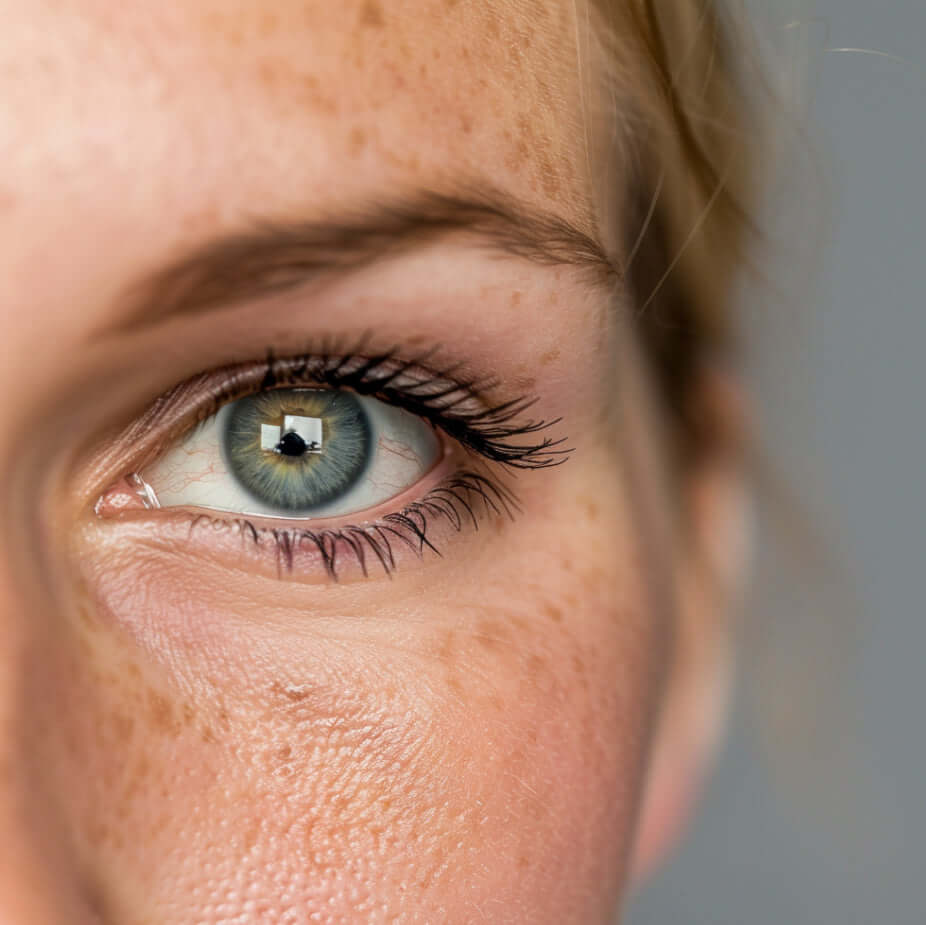
We all dream of perfect skin. Blemishes and pigment spots don't fit into the picture. And milia also disrupt the clear appearance of the skin. But what are milia, how do they arise and, above all, what can you do about them?
WHAT ARE THE CAUSES OF MILIA?
Milia are basically mini cysts filled with keratin. We actually like keratin because it gives our skin, hair and nails structure. However, “pinched” under the skin and clearly visible, we are no longer a big fan.
In dermatology, a distinction is made between primary and secondary milia. In primary milia, the skin grit forms for no apparent reason. Doctors suspect a connection between milia and hormones, but this has not been scientifically proven. Primary milia usually appear on the sweat gland exits of the skin or on hair follicles and, once formed, do not disappear on their own.
Secondary milia arise from skin injuries such as cuts and abrasions, but also sunburn and inflammation. In contrast to primary milia, the secondary representatives only last for a short time, as they usually heal on their own after a few weeks.
WHAT YOU SHOULD CONSIDER WITH MILIA
If you want to successfully treat and get rid of milia, you must first understand a few important facts.
- Milia have nothing to do with clogged pores because they are located under the epidermis
- Unlike skin blemishes, they are not caused by germs or bacteria
- Milia is NOT a disease, it is neither harmful nor contagious
- they are a purely cosmetic problem
THE RIGHT SKINCARE FOR MILIA
Good skin care is the be-all and end-all in the fight against annoying keratin cysts on the face. This includes regularly cleansing and exfoliating the skin. However, it is best not to use mechanical peeling as the fine abrasive particles can tear open the milia.
When it comes to cleansing and chemical peeling, it is advisable to switch between products for blemished skin and products that provide a lot of moisture. For your day and night cream, you can use any product suitable for your skin type, provided they do not contain mineral oil. Since milia can be made worse by UV rays, you should always apply sun protection factor - even in winter.
HOW TO TREAT MILIA
It is best to have milia removed by a professional, i.e. in a certified cosmetic studio or a dermatologist. It is possible to open the milia yourself, but experts strongly advise against it. The risk of causing even more damage to the skin by an inexperienced hand is too great.
The dermatologist has two treatment options: either the milia are opened and expressed with a cannula or a special scalpel. Alternatively, the skin grit can also be treated with laser therapy. Since milia are a purely cosmetic problem and their removal is not medically necessary, health insurance companies do not cover the treatment costs.

